Soup and The Benefits of the GAPS Diet
Learn the secrets of GAPS, Microbiome Balance, Good Bacteria, and Benefits of Eating Soup!

By Travis Wade
What is the Microbiome?
As kids, we learned the downside of bacteria; that they’re bad and we must wash our hands, as well as disinfect them, to protect ourselves from getting sick.
However, that’s simply not the truth.
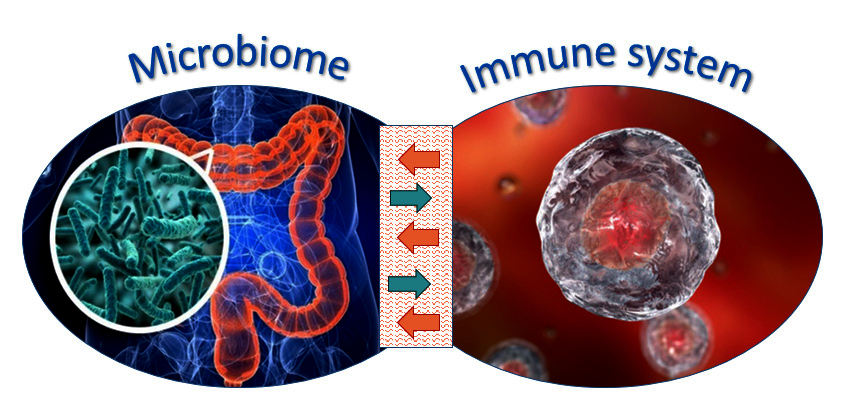
In reality, bacteria are your greatest allies against disease and illness. Your microbiome, bacteria that flourish inside you, controls virtually every aspect of your physiology. Learning how to nourish it to avoid health problems and perform at our optimum is crucial.
Good Bacteria Keeps You Healthy
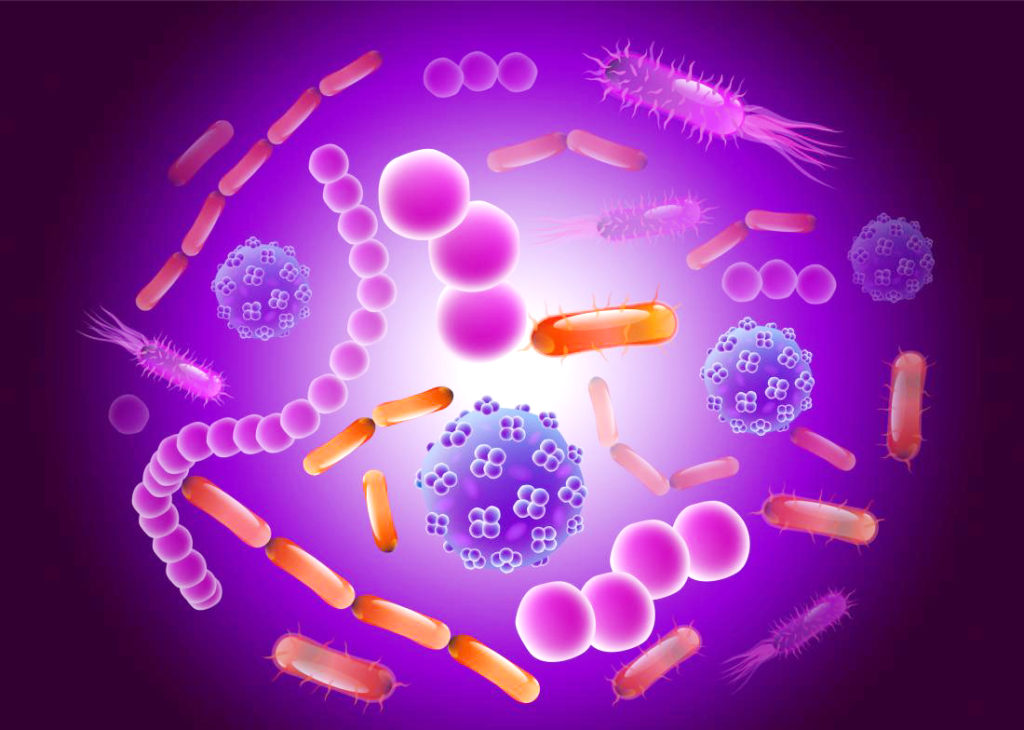
Your body contains 10x more bacteria cells than human body cells. In fact, according to Dr. Natasha Campbell-McBride, you’re alive because of good bacteria and every chronic disease is caused by not taking care of your microbiome. Dr. Natasha has an autistic son and she learned how to help him by managing the bacteria inside his body.
Dr. Natasha is a neuroscientist from Russia who realized her practice wasn’t going to cure her child. She noticed the abundance of gastrointestinal problems that people with autism, and other neurological conditions, have and knew there had to be a connection.
She began studying the microbiome in the early 90’s and says that knowledge of it is only deemed new in North America. It’s important to know, each of us is ten percent human body cells and ninety percent different species of bacteria, fungi, worms, protozoa, and a variety of organisms.
Common Causes of Microbiome Imbalance
Among the things that cause problems for the microbiome are the usual suspects: medication, NSAIDs (non-steroidal anti-inflammatory drugs like Tylenol, Advil, and Motrin), processed foods, preservatives and flavourings, mercury, pesticides, BPA from plastics, soy, grains, seeds, dairy, GMO foods, and sugar.
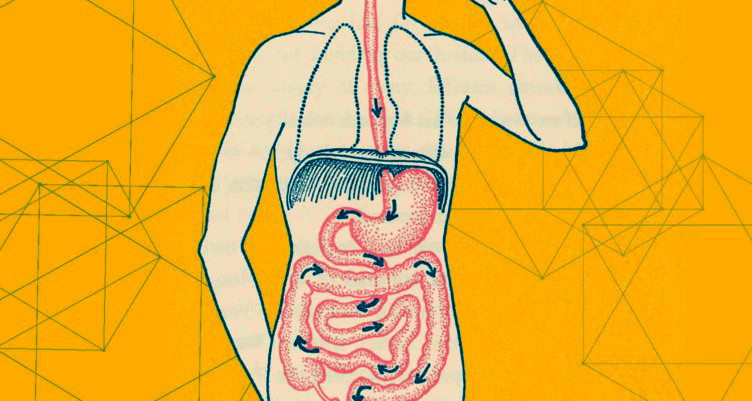
The most frequent cause of dysbiosis (the imbalance between good and bad bacteria) is antibiotics. After a course of antibiotics, it takes two weeks for beneficial bacteria to recover. During which, bad bacteria have a window of opportunity to flourish because there are too few good bacteria and more unaddressed pathogens. Bad bacteria create toxins which enter the bloodstream and cause a number of symptoms depending on the toxin, which, in turn, depends on the pathogen creating the toxin. Plus, sadly, wherever a toxin flows, dis-ease (and eventually disease) are sure to follow.
Your Gut Flora Produces Vitamins
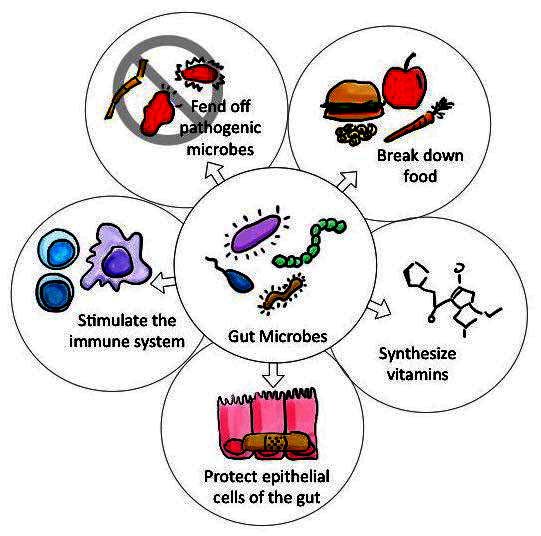
Your gut flora creates vitamins, B vitamins in particular and vitamin K2, which helps with mineral absorption, especially calcium. Without K2, calcium is deposited in places you don’t want, like your veins and brain. Misdirected calcium can also cause bile stones and kidney stones. And get this. the only two sources for vitamin K2 is your gut flora or a supplement. Traditionally, vitamin K2 gets produced from fermented foods including cheese, yogurt, and sauerkraut.
Leaky Gut Syndrome Causes Treacherous Inflammation
Another result of hazardous bacteria is Leaky Gut Syndrome: In short, as your gut lining becomes more permeable, your body will react to foods that leak through by causing inflammation. And even if you eliminate the offending food from your diet, the trouble won’t end; your body will react to additional “leaked” foods to inflame you. So, the solution is to both seal and heal the leaky gut.

The GAPS Diet
Dr. Natasha developed a concept called GAPS: Gut And Psychology Syndrome. Its main focus is the diet she prescribes, which has three parts to it. The GAPS diet heals and seals the gut lining, normalizes the microbiome, and stops the inflammation.
The first step in the GAPS diet is to eliminate inflammation and heal and seal the gut lining.
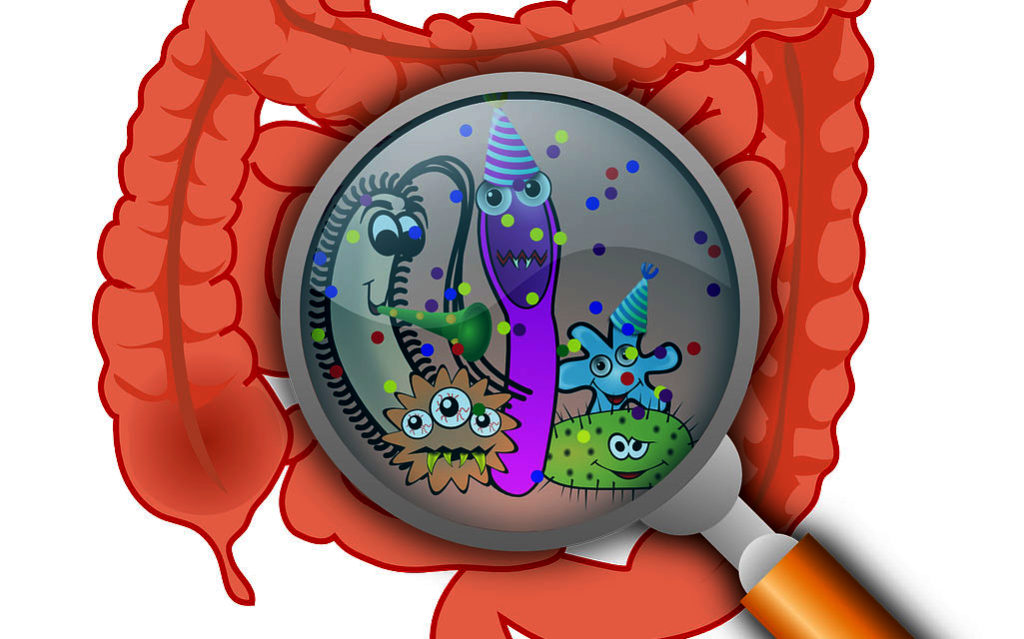
You’ll eat soup for breakfast, lunch, dinner and between meals. The soup’s broth derives from meat stock. As meat from an animal’s muscles is hardest to digest and least nutritious, the GAPS diet uses gelatinous meats. This includes joints, hooves, head, organs, bones, and tripe to make a soup stock.
The glucosamine, vitamins, and minerals in this concoction are natural, as opposed to getting them from a supplement. The main ingredient is collagen, as that’s what connective tissue is mostly up of. Sadly, this tissue, and the cuts of meat they come from, are hugely lacking in a North American diet.
Next. remove all foods that are hard to digest. Instead, eat foods that reinforce the wall of your gut. You need vegetables that are good for the immune system, including non-starchy leeks, onions, cabbage, carrots, marrow, and squash.
Cellulose is an indigestible fibre and starch is 70% indigestible. Beneficial and bad bacteria eat fibre, starch, and sugar so these three are forbidden until your gut is healed—anywhere from two months to years, depending on your baseline condition.
Your wellness scale changes all the time depending on your environment. After eliminating starches and sugars, listen keenly to what what your body’s telling you. Your re-calibrated food cravings, sense of smell, taste, and satisfaction levels will cue you to your actual nutritional needs.
For example, what are you driven to eat right now? After you eat it, your food preference will change, and you’ll want something different. The last food you ate will seem repulsive (“Enough is enough!”), but something else will sound delicious.
In the second stage of the GAPS diet, add more foods and supplements to your diet.
Common second-stage supplements include fish oils, vitamin K2, vitamin D, vitamin A, cod liver oil, amino acids, and a probiotic containing as many species of gut flora as possible.
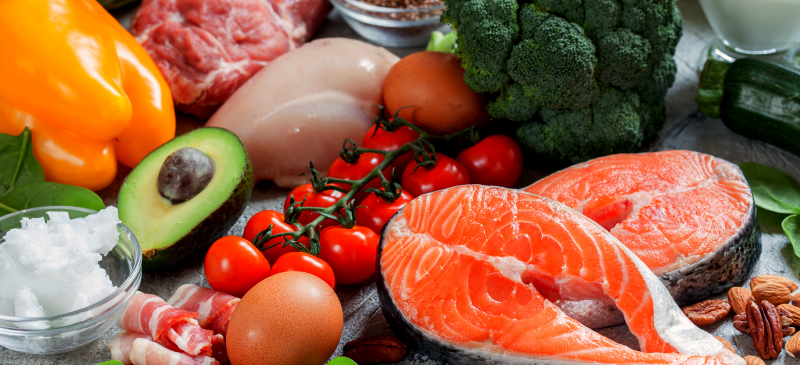
However, some supplements that are beneficial to many can be detrimental to others, (Vitamin D3 and L-glutamine). Although L-glutamine might be the fix for some, in others it can cause depression or other problems.
In the third stage of the GAPS diet, work in hard-to-digest foods.
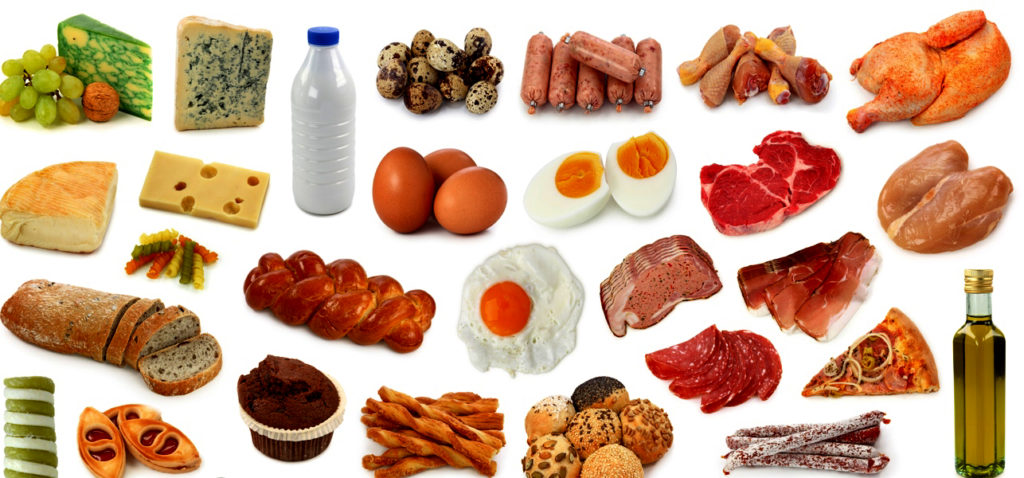
Dr. Natasha referred to the program as a dance: moving forward, taking a step back, moving forward some more, then maybe two steps back – all the while slowly moving forward until you can move forward without problems.
Some of the diseases Dr. Natasha’s diet has helped with are Alzheimer’s, autism, Parkinson’s, depression, all kinds of autoimmune diseases and allergies, fibromyalgia, MS, and diabetes. Dr. Natasha believes the microbiome is the root cause and cure of virtually all chronic diseases.
Dr. Natasha has personally trained people all over the world with the GAPS protocol, to help them become GAPS certified. There are five practitioners in Calgary, but none in Edmonton.
I contacted a GAPS practitioner in Calgary and have a freezer full of soup bones and animal parts. I eat soup regularly—and happily. It’s delicious!
If you want to know more about the benefits of the GAPS diet and the huge impact it can have on your health, contact me and I can help you out.
I wish you lots of health, love and happiness!
Travis Wade
The only holistic personal trainer in Edmonton
Want To Get Started On A New Lifstyle Right Away?
Or
Would You Like A Plan To Achieve Your Fitness Goals?
Sign Up For Online Personal Training!


